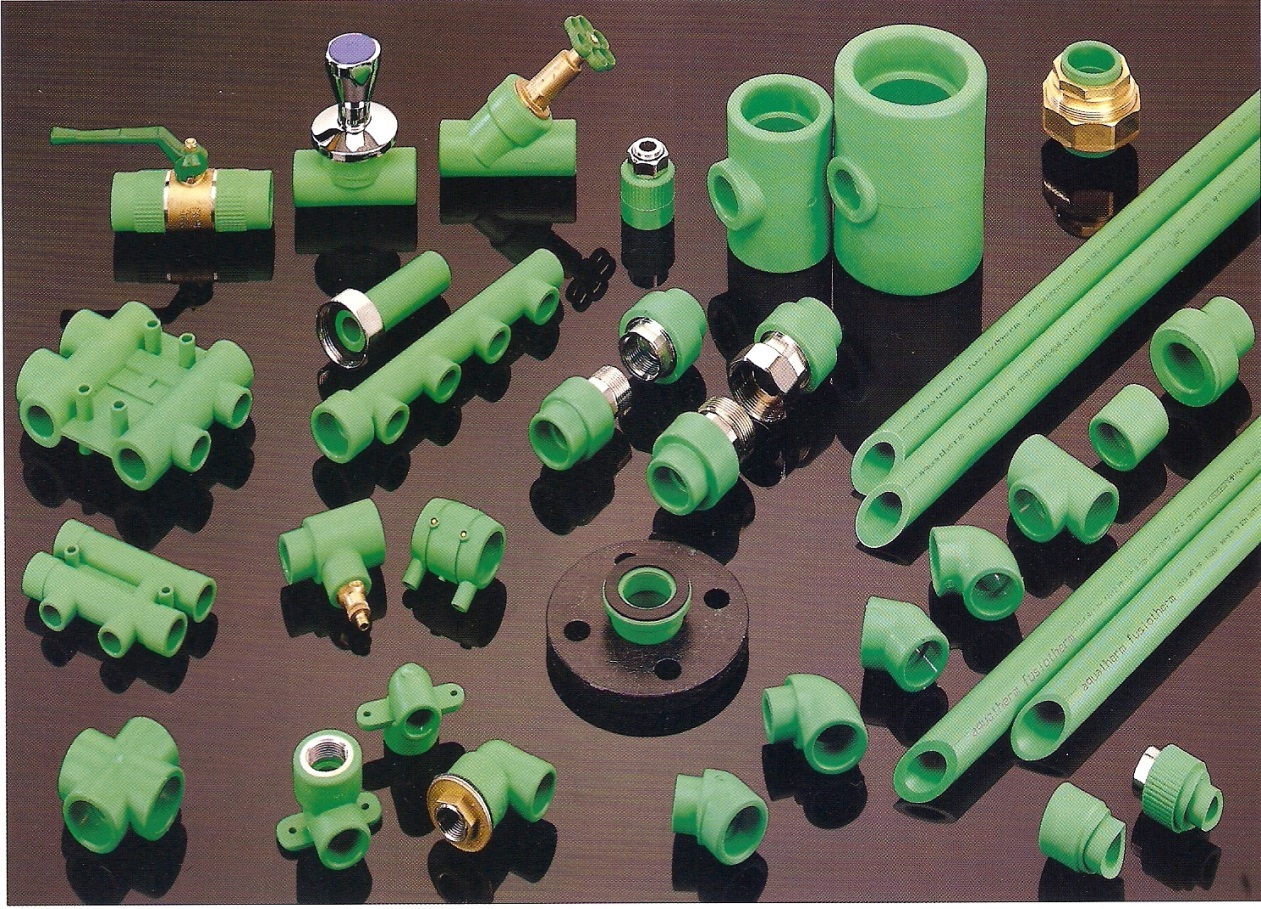Polypropylene Random Copolymer (PPR) pipes and fittings are an integral part of modern plumbing systems, known for their durability, flexibility, and reliability. Developed in the mid-20th century, PPR pipes have gained popularity in both residential and commercial applications. Their unique properties, including resistance to temperature changes, chemicals, and pressure, make them an excellent choice for a variety of plumbing needs. PPR pipes are made from a random copolymer of propylene which is then extruded into pipes. This composition grants the pipes high resistance to stress and cracking, ensuring a long lifespan and minimal maintenance.
Advantages of PPR Pipes and Fittings
One of the primary advantages of PPR pipes and fittings is their longevity. These pipes are designed to last for up to 50 years under normal use conditions. They are highly resistant to corrosion and scaling, which can significantly reduce the efficiency and lifespan of other types of pipes. PPR pipes also have a low thermal conductivity, making them ideal for hot and cold water applications as they minimize heat loss. Moreover, the material is non-toxic and does not leach harmful substances into the water, ensuring safe and clean water supply. Additionally, PPR pipes are easy to install due to their lightweight nature and the simple fusion welding process, which creates strong and leak-proof joints.
Applications of PPR Pipes and Fittings
PPR pipes and fittings are versatile and used in a wide range of applications. In residential settings, they are commonly used for potable water supply systems, both hot and cold, as well as for heating systems. Their ability to withstand high temperatures makes them suitable for underfloor heating systems and central heating installations. In commercial and industrial contexts, PPR pipes are used in chemical transportation, air conditioning systems, and compressed air systems. They are also employed in agricultural irrigation due to their resistance to weathering and mechanical damage. The adaptability and robust performance of PPR pipes make them a preferred choice across various sectors.
Installation and Maintenance of PPR Pipes and Fittings
Installing PPR pipes and fittings is a straightforward process, thanks to the fusion welding technique. This method involves heating the pipe and fitting ends and then joining them together to form a seamless, leak-proof connection. Proper installation requires specific tools, such as a welding machine, pipe cutters, and alignment tools, to ensure precision and durability. Maintenance of PPR pipes is minimal due to their resistance to scale and corrosion. Regular inspections, however, are recommended to check for any signs of wear or damage, especially in systems exposed to extreme conditions. By following proper installation and maintenance practices, PPR piping systems can provide reliable performance and longevity.
Conclusion
PPR pipes and fittings represent a significant advancement in plumbing technology, offering numerous benefits over traditional materials. Their durability, resistance to various stress factors, and ease of installation make them an ideal choice for a wide range of applications. Whether in residential, commercial, or industrial settings, PPR pipes ensure a reliable and efficient water distribution system. As technology and materials science continue to evolve, PPR pipes are likely to remain a cornerstone of modern plumbing solutions, providing safe, clean, and efficient water delivery for decades to come.ppr pipes and fittings


